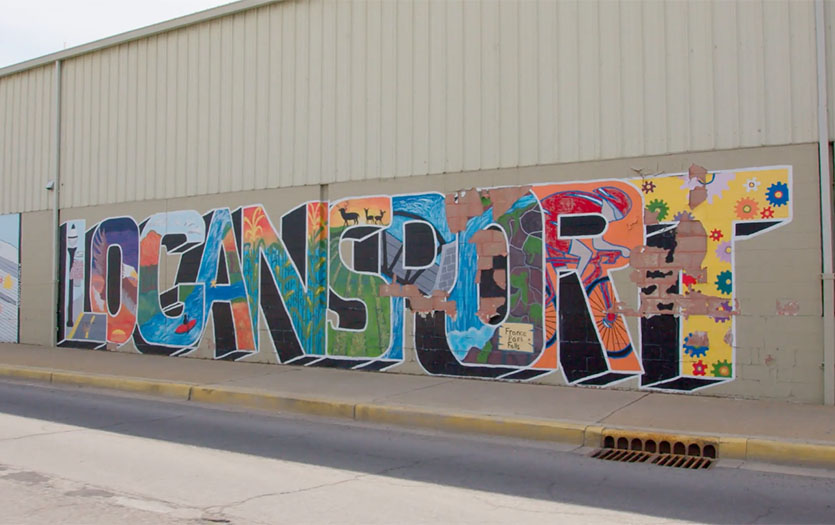
The forecast is favorable and we’re getting close to growing season. We asked Camille Schuelke, BT, greenhouse farmer, Parkview Community Greenhouse and Learning Kitchen, to offer her tips for preparing soil, keeping pests away and setting yourself up for a fruitful, bountiful garden.
Preparing the ground
The best way to prepare the ground, is to start by taking a soil sample to a local lab. In our area, there’s A&L Great Lakes Laboratories or the Purdue Extension Office. Test the soil will cost anywhere from $20-$40 and will include fertilizer recommendations from the lab. After you get the recommendations, you would till your soil, add the fertilizer, then till again.
The important thing to focus on with soil is the pH. If you get your soil tested, they will tell you your soil’s pH level and how to adjust it if you need to. If your pH is off, then your plants will be unable to uptake the fertilizer you put down. Typical pH of the soil in our area is 6.9, and the typical pH range that plants prefer is 6.2-6.5.
Let’s talk tilling
I recommend a roto-tiller. The size of tiller you need will depend on the size of your garden. You should till in one direction, then again, going the opposite direction. This will ensure all areas are getting tilled well. Then add your fertilizer and repeat the tilling process again, tilling a total of four times. There is no need to let soil rest before planting. Once it’s tilled, it’s ready.
Composting
Compost adds tilthe and feeding microorganisms in the soil, which makes it easier to work and less “dense”. Microorganisms are what break down the nutrients in the fertilizers we apply in a form that makes them absorbable to plants.
Note that the pH of compost is typically high, so this can raise your pH when you need it to be lower. I would recommend that if you want to add compost, put it down in the fall. In spring, put down a low pH peat instead of compost. A low pH peat is typically a Canadian peat that you can buy in bags at any store. Peat has a lower pH than compost and typically has higher organic matter and more nutrients than compost as well.
Materials
Fences are a great option for protecting your plans. There are so many types of fences to consider, and many of them are aesthetically pleasing. Look at the local home and garden stores or gardenerssupply.com.
When in doubt, visit one of our great local businesses to learn more about fertilizers and growing supplies. These staff members and owners are very knowledgeable, and willing to help. I recommend Ag Plus, Summit Landscape Supply and Felger’s Peat Moss, just to name a few, but there are so many tremendous resources in our area. Tap into local experts and connect with gardeners in the community to get better and improve your growing environment.



